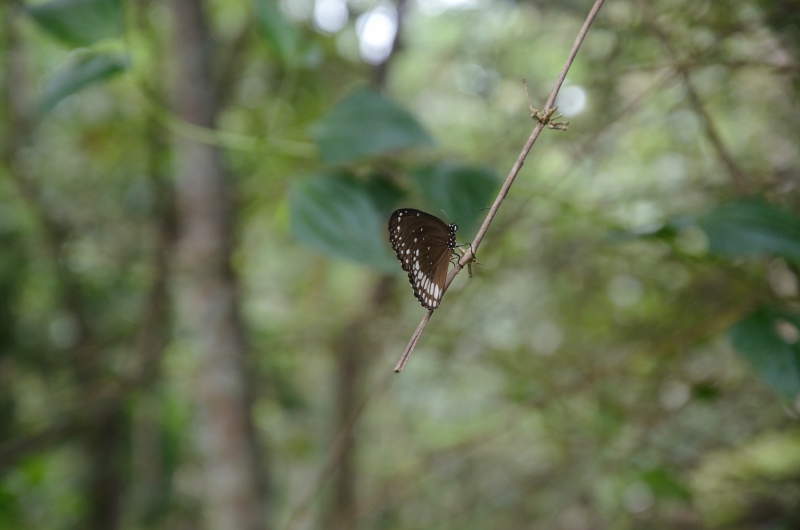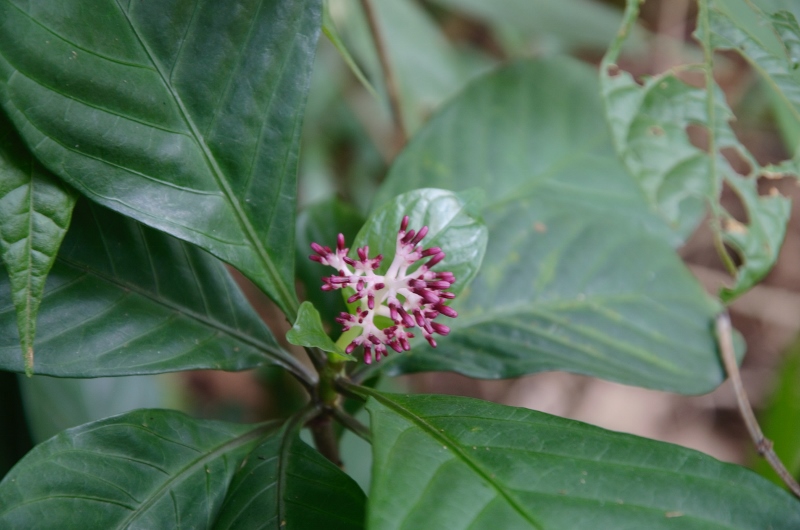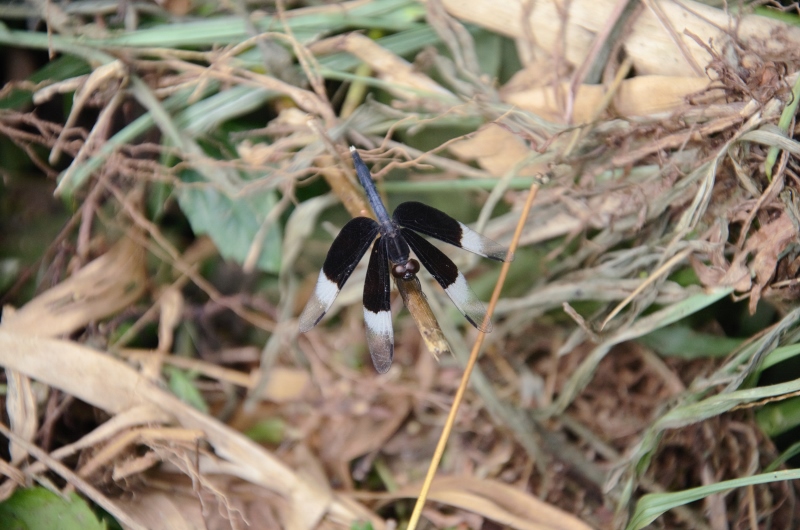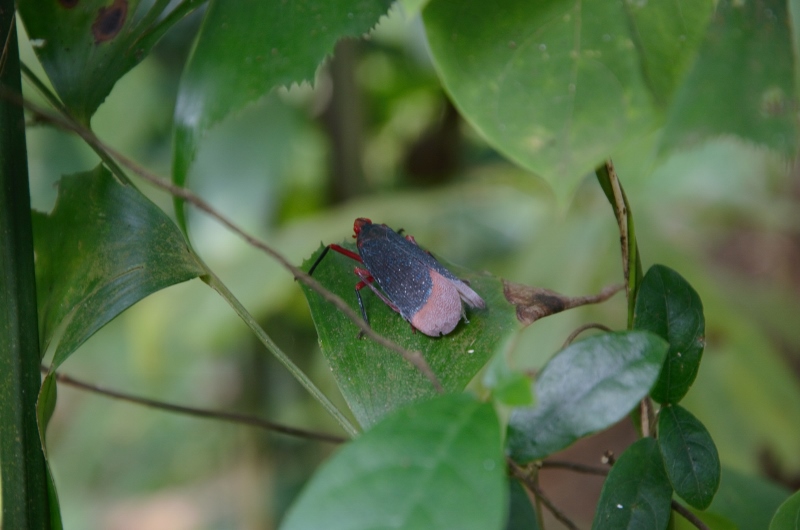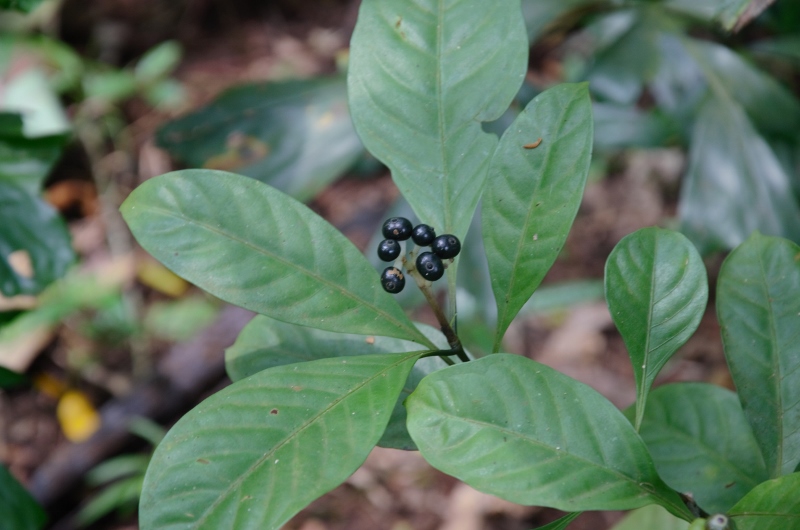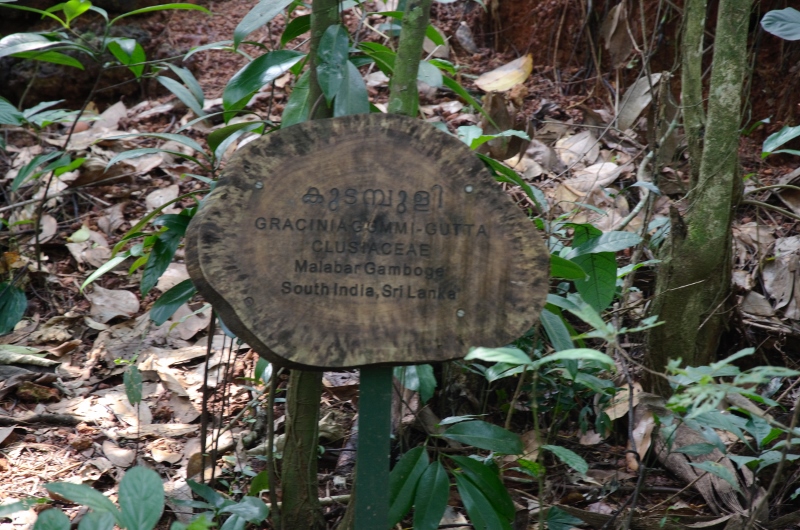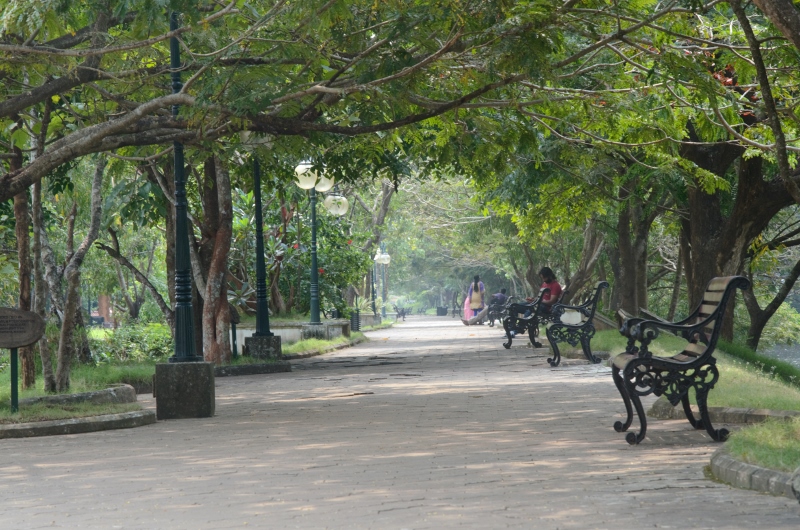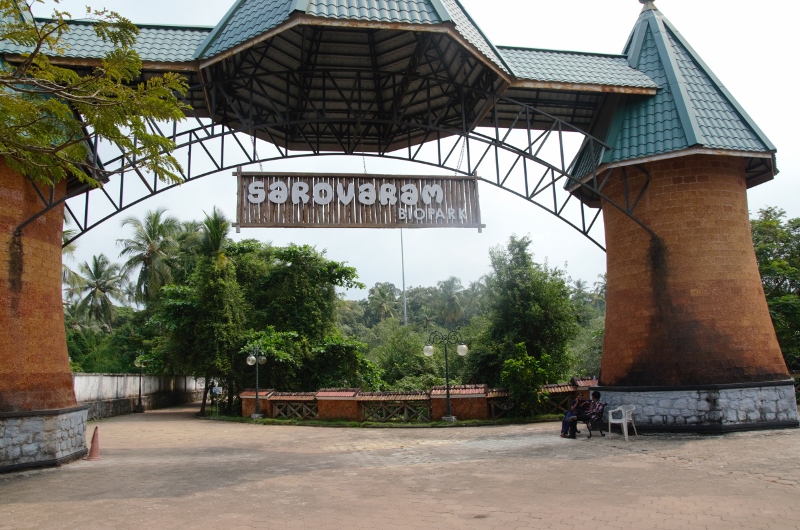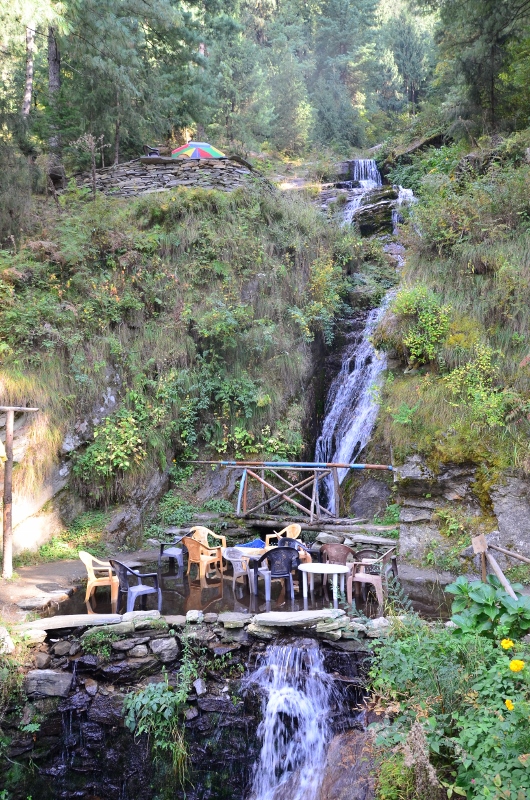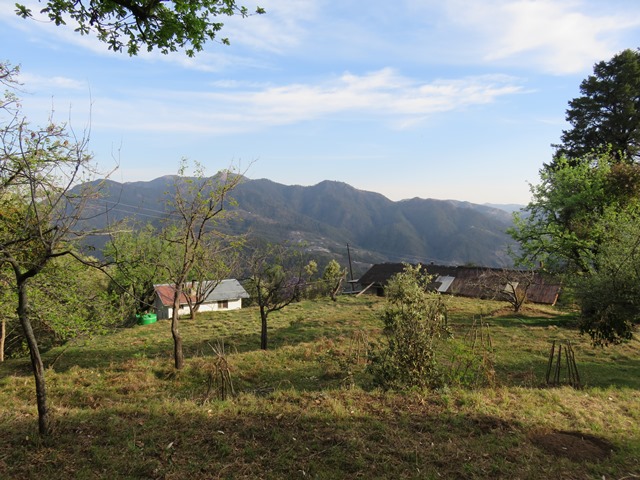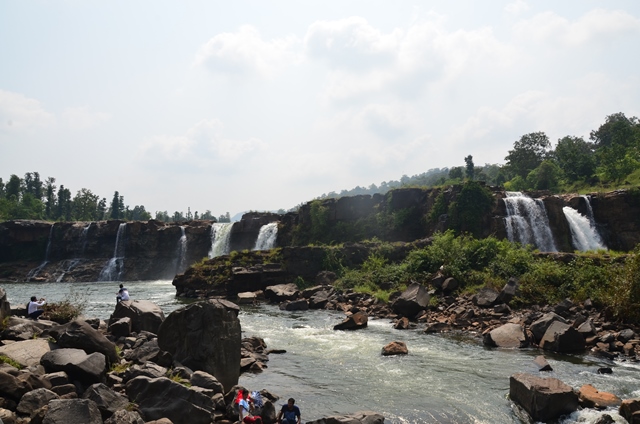The name Sarovaram Bio Park piqued our curiosity, as this is a recent addition to the tourist map of Kozhikode. With a little skepticism about this conservation effort, we decided to check Sarovaram out. In no time, our skepticism vanished as we admired the commendable work. Sarovaram is aimed at protecting the mangroves and green cover in the city.
As we moved around inside the park through well-laid pathways flanked by tall trees and thick undergrowth, a stark realization struck us. Sarovaram looks and feels exactly like the places around our homes where we grew up in the 70s and 80s. The same flora and fauna, but of course labeled with their biological and common names. Our houses (for that matter, a better part of Kerala) had great green coverage around our homes, with many a few birds, butterflies, insects, reptiles, and even small animals. At that time, we took everything for granted. Now, in the face of rapid changes all around, we are yearning for the natural surroundings. Strange indeed are the ironies of development!
Kerala is (once) known for its greenery, blessed by the Western Ghats with its abundant low-lying evergreen forests in the foothills and in the high ranges. We have now come to a stage where models of these forests have to be preserved in museums.
According to Kerala Forest Research Institute, the total forest area in Kerala in 1940 was 12,850 sq km, and it fell to 9 550 sq km in 1965 and to 4,000 sq km at present. And, there are over 500 rare, endangered, or threatened species of plants and animals in the forests in Kerala.
If the trend continues unchecked, future generations have to be contented with bio parks like Sarovaram.
A couple of hours in the park were well-spent, watching the dragonflies, butterflies, several insects, and wild flowers. We walked out of the park with nostalgic hearts.


